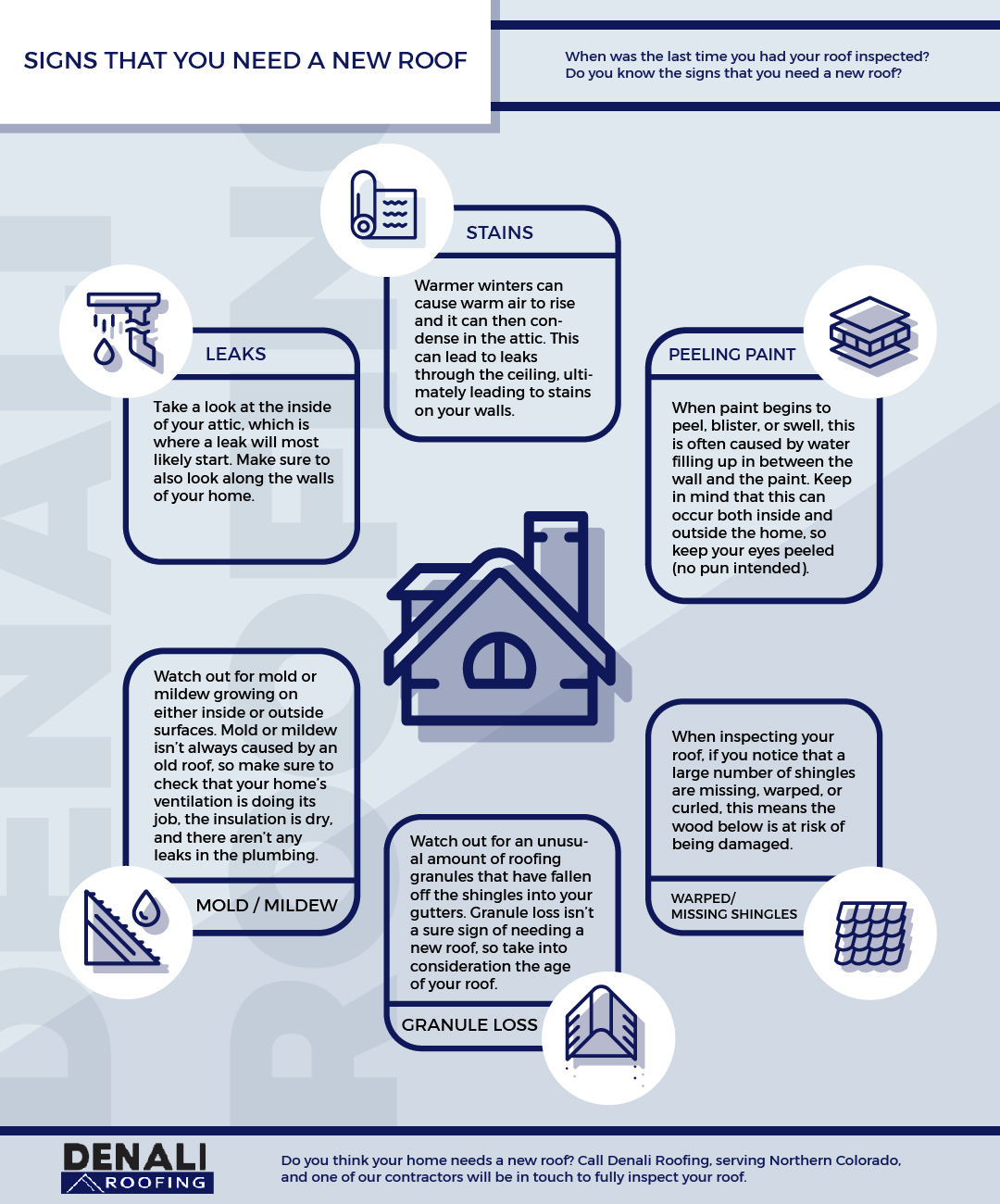The Role Of Roofing Ventilation In A Successful Setup
The Role Of Roofing Ventilation In A Successful Setup
Blog Article
Created By-Byrne Iversen
When you're tackling a roof job, you could not assume much about roofing system air flow, yet it's even more important than you understand. Reliable air flow helps regulate temperature level and moisture in your attic room, preventing issues like mold and mildew and architectural damage. By recognizing how to make and set up a balanced ventilation system, you can boost power performance and prolong the life-span of your roof materials. So, what are the vital factors to consider during installation that can make all the distinction?
Importance of Roof Air Flow
Roof ventilation plays a crucial role in preserving the total wellness of your home. By enabling fresh air to distribute through your attic, it assists control temperature and dampness degrees. This equilibrium is important to prevent warm build-up during warm months, which can bring about boosted energy prices as your cooling works overtime.
Additionally, proper ventilation considerably reduces the risk of moisture-related concerns like mold and mildew. If moisture degrees climb, your home's structural stability can be jeopardized, causing costly repair services. You would not intend to deal with decaying wood or warped roof covering products, right?
In addition, appropriate ventilation prolongs the life expectancy of your roof. When warmth and wetness are kept in check, your roof covering can do ideally, preventing early deterioration. This means less migraines and expenditures down the line.
Exactly How Roofing Air Flow Functions
Reliable roofing system air flow relies on the all-natural activity of air to develop an equilibrium in between consumption and exhaust. When you mount vents, you're basically permitting fresh air to enter your attic room while enabling hot, stale air to get away. This procedure helps control temperature level and dampness levels, protecting against problems like mold and mildew development and roofing system damage.
Intake vents, generally found at the eaves, reel in trendy air from outdoors. At the same time, exhaust vents, located near the ridge of the roof covering, allow hot air rise and departure. The difference in temperature level creates a natural airflow, referred to as the stack impact. As https://waylonlgavo.ambien-blog.com/40414343/in-what-ways-does-weather-affect-the-architectural-stability-of-your-roof-covering-discover-crucial-advice-to-safeguard-it-versus-the-elements-prior-to-it-s-far-too-late rises, it develops a vacuum that pulls in cooler air from the reduced vents.
To enhance this system, you require to make certain that the consumption and exhaust vents are properly sized and placed. If the consumption is restricted, you will not achieve the desired ventilation.
Similarly, not enough exhaust can catch warmth and dampness, resulting in potential damage.
Key Installation Considerations
When installing roof covering air flow, a number of key considerations can make or damage your system's performance. Initially, you need to evaluate your roofing system's design. The pitch, form, and materials all affect airflow and ventilation selection. Make sure to choose vents that suit your roofing system kind and local environment conditions.
Next, consider the placement of your vents. Ideally, you'll desire a well balanced system with consumption and exhaust vents positioned for optimal air movement. Area consumption vents low on the roofing and exhaust vents near the top to urge a natural circulation of air. This arrangement aids stop dampness build-up and promotes energy effectiveness.
Do not forget about insulation. Proper insulation in your attic stops warm from leaving and maintains your home comfortable. Make certain that insulation doesn't block your vents, as this can prevent airflow.
Finally, think about mouse click the up coming web site . Pick air flow systems that are simple to accessibility for cleansing and evaluation. Routine upkeep guarantees your system continues to work successfully with time.
Final thought
In conclusion, roof air flow is crucial for an effective installment. By guaranteeing correct air movement, you can prevent warmth accumulation and wetness problems that bring about pricey damages. When you strategically placement consumption and exhaust vents, you enhance energy performance and extend the life expectancy of your roof covering. Keep in mind, a well-ventilated roofing system not only secures your investment yet additionally boosts your indoor air high quality. So, focus on air flow to guarantee a resilient and economical roof for your home.
